For American travelers eyeing a Mexican getaway this winter high season, the U.S. State Department’s latest travel advisory just dropped with a few tweaks that might cause a moment of concern. Here at Travel Off Path, we know you demand the real, practical intel, not just headlines. So, we’re cutting through the noise to explain exactly how these updates impact your favorite Mexican destinations: Cancun, Cabo, and Puerto Vallarta.
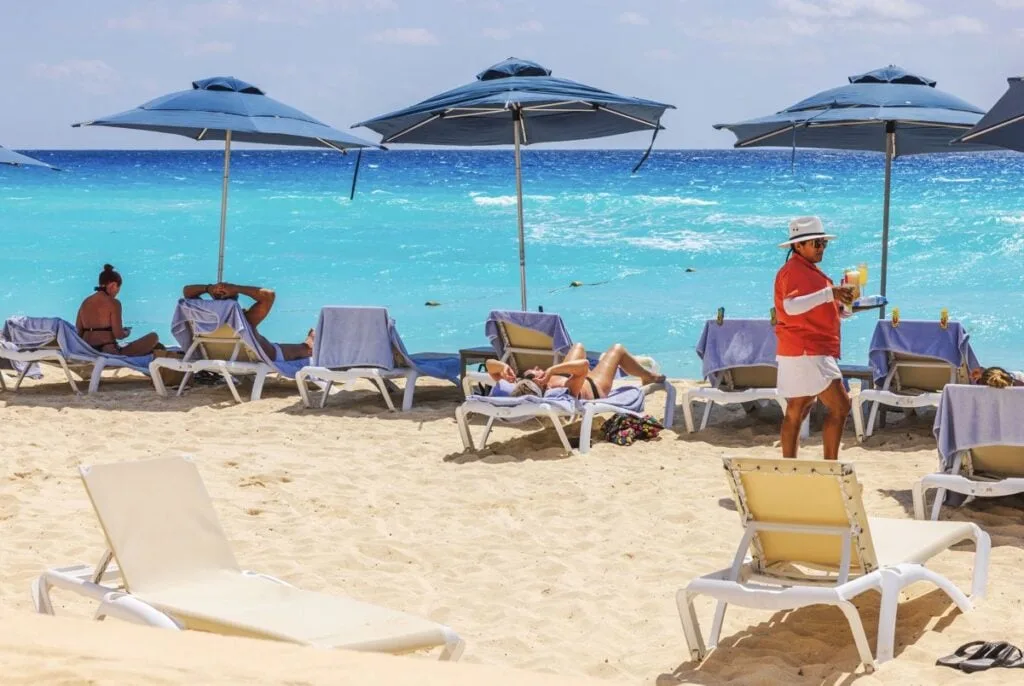
Let’s get straight to the bottom line: millions upon millions of Americans visit these vibrant destinations every year without issue. Resort zones, in particular, are exceptionally safe. However, understanding the nuances of these advisories is crucial for any savvy traveler. The key is knowing what the updates actually mean for your trip.

Decoding the “Terrorism” Label: It’s Not What You Think
One of the most significant points of confusion in recent advisories, particularly for popular Mexican destinations, is the inclusion of “terrorism” as a risk factor. It’s a word that understandably raises eyebrows. But here’s the insider truth: while there have been no “terrorist attacks” in these areas in recent memory in the traditional sense, this designation stems from the U.S. government’s recent decision to label certain criminal organizations as terrorist groups.
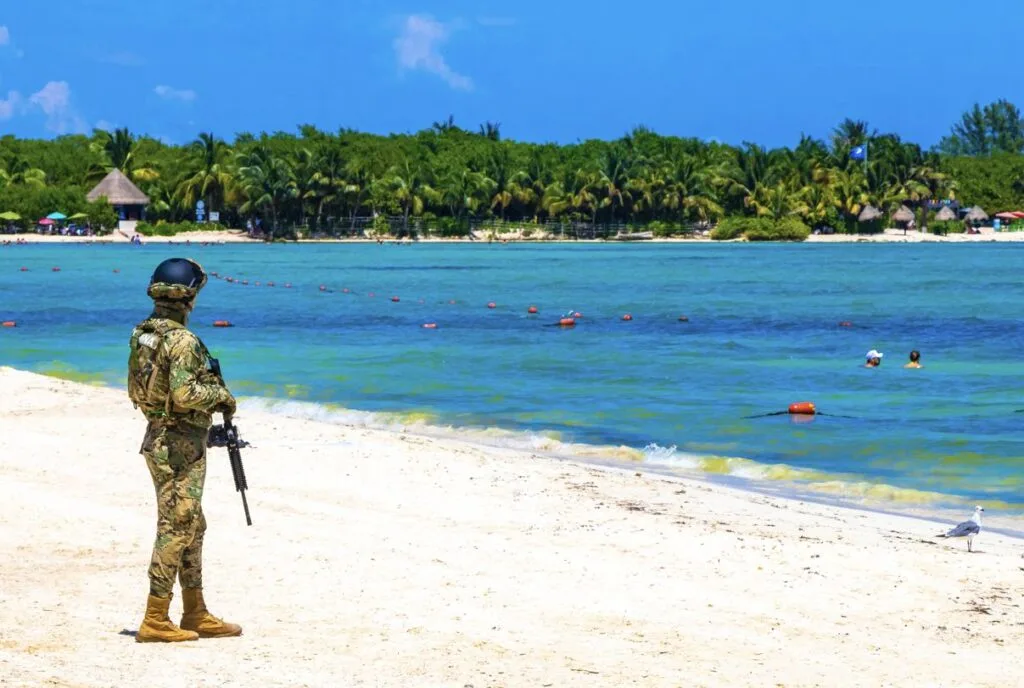
This re-categorization is a strategic move by the U.S. government, linking the violence associated with these criminal organizations directly to the broader definition of terrorism. So, when you see “terrorism” mentioned in an advisory for Cancun or Cabo, it’s primarily referring to the presence and activities of these criminal organizations, not necessarily a new direct threat of international terrorist attacks on tourists. It’s a crucial distinction for informed travelers.
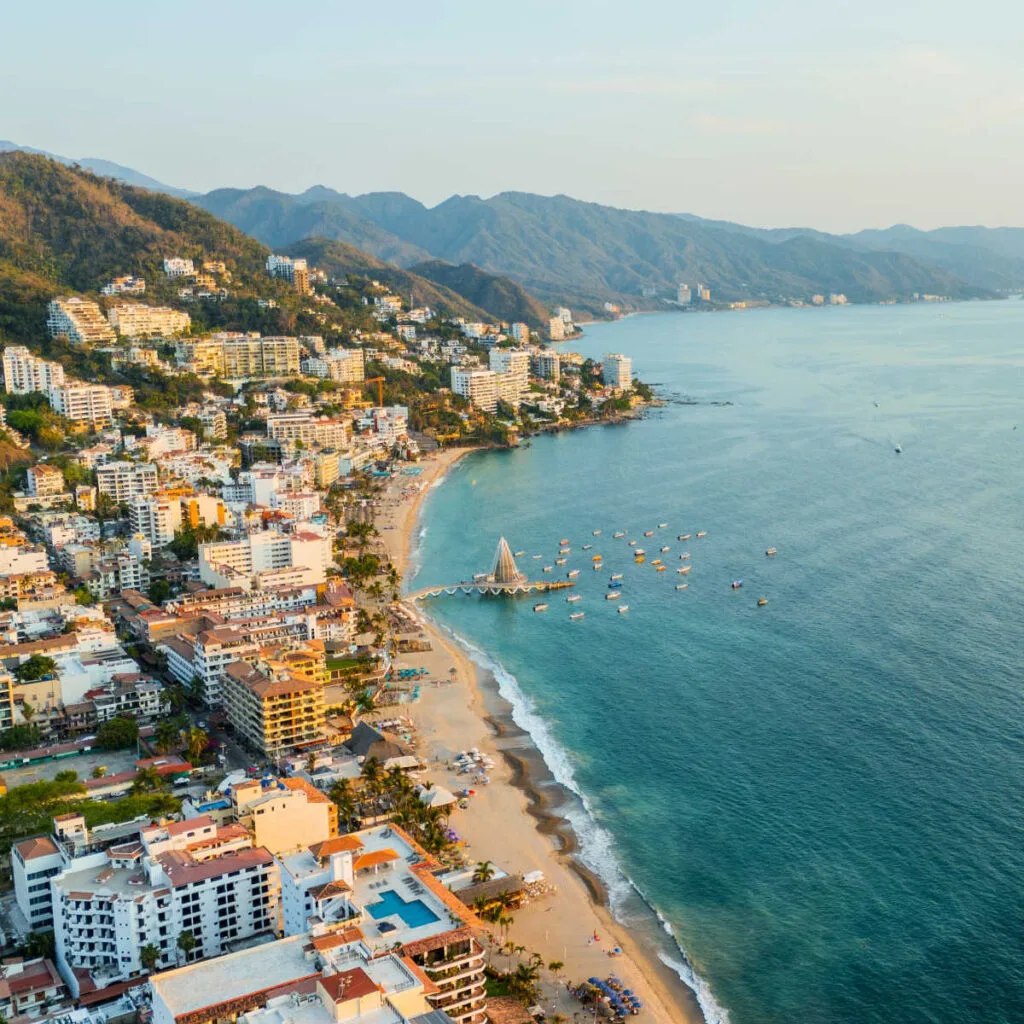
Cancun & Cabo: Exercise Increased Caution (Level 2)
Level 2: Exercise Increased Caution
Understanding the U.S. State Department’s advisory for popular Mexican destinations. Select your region to learn more:
Powered by Travel Off Path
Both Cancun (Quintana Roo) and Cabo (Baja California Sur) remain at a Level 2: Exercise Increased Caution. This is the same level as many popular European destinations, indicating a need for general awareness, not a blanket prohibition on travel.
For Cancun (Quintana Roo): The advisory points to a risk of violence from terrorist groups (as explained above), criminal organizations, gangs, and other criminal organizations. It specifically notes that shootings between rival gangs have unfortunately injured and even killed innocent bystanders. U.S. citizens have also been victims of both non-violent and violent crimes in both tourist and non-tourist areas. Our advice? Enjoy the resort zones, which are generally very safe. When venturing out, especially after dark in downtown areas of Cancun, Tulum, and Playa del Carmen, pay extra attention to your surroundings.
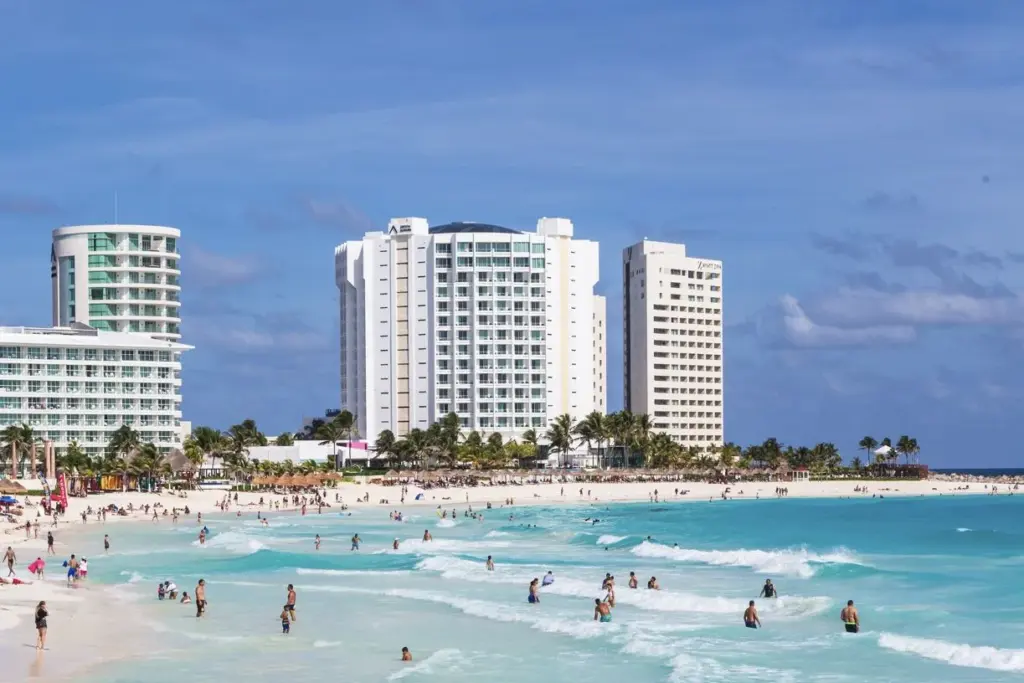
For Cabo (Baja California Sur): This includes the popular areas of Cabo San Lucas and San José del Cabo. The advisory also cites a risk of violence from terrorist groups, criminal organizations and gangs. Similar to Cancun, the key here is to exercise increased caution. While criminal activity and violence can occur throughout the state, there are no specific U.S. government employee travel restrictions for Los Cabos, indicating a lower perceived risk for official personnel. Stick to well-trafficked tourist areas and use common-sense safety practices, especially after dark.

Puerto Vallarta: Reconsider Travel (Level 3)
Level 3: Reconsider Travel
Understanding the U.S. State Department’s advisory for Puerto Vallarta and Jalisco. Learn more before you go:
Powered by Travel Off Path
Unfortunately, Puerto Vallarta (Jalisco) didn’t fare as well in this latest advisory, still at a Level 3: Reconsider Travel. This indicates a more significant level of risk that warrants serious consideration before planning your trip.
The advisory for Jalisco also highlights the risk of violence from terrorist groups, gangs, and criminal organizations. Specifically, it notes that in Guadalajara, battles between criminal groups have occurred even in tourist areas, and shootings between these groups have injured or killed innocent bystanders. A particularly concerning update, issued on June 2, 2025, from the U.S. Embassy In Mexico, confirmed multiple reports of U.S. citizens being kidnapped by individuals met on dating apps in the Puerto Vallarta and Nuevo Nayarit areas. These victims, and their families back in the U.S., have at times been extorted for large sums of money for their release. This specific, targeted crime is a serious concern for travelers.

Your Path to Informed Travel
At the end of the day, millions of Americans continue to visit Mexico safely every year, and these destinations remain incredibly popular for good reason. The key is to be an informed traveler. Understanding the nuances of these advisories, particularly the distinction around the “terrorism” label and the specific risks in different regions, empowers you to make smart choices. It’s not about fear; it’s about facts.
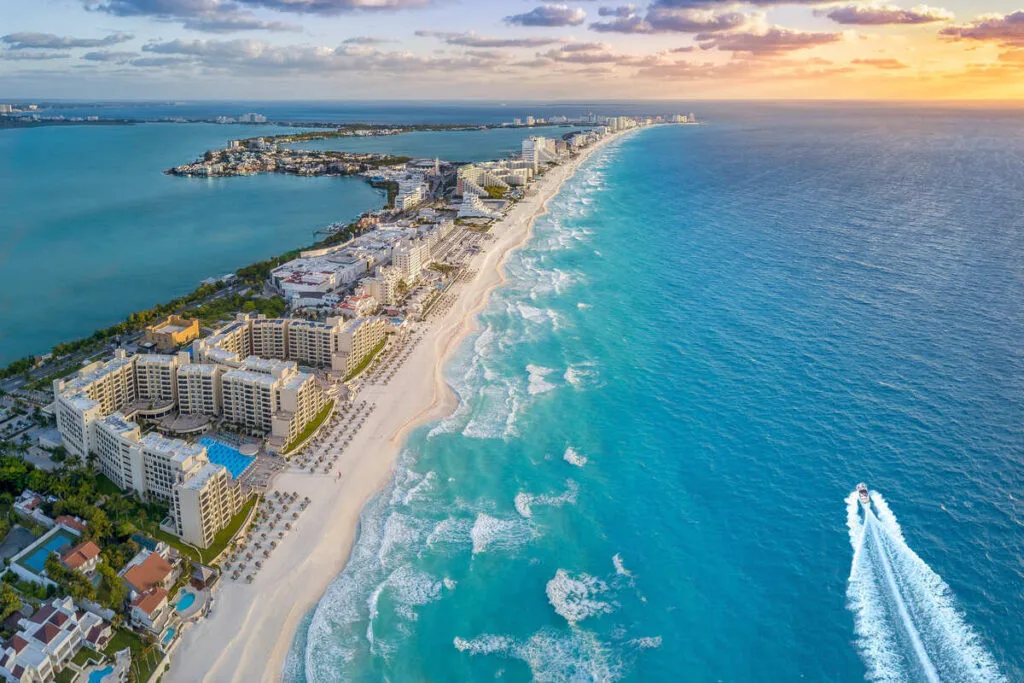
Before you finalize your winter escape plans, make sure you’re fully prepared. Check the latest U.S. State Department Travel Advisories for your specific destination with our Travel Advisory Checker. It’s the fastest way to get real-time updates and ensure your trip is as seamless and safe as possible.
The Travel Off Path Advantage: Your Travel Toolkit
Subscribe To Our Latest Posts
Enter your email address to subscribe to Travel Off Path’s latest breaking travel news, straight to your inbox.


